1977 Plymouth Volaré Premier Wagon: Hamtramck Hummingbird Hauler
Will 1970s cars ever shake the negativity from the public at large? Oh sure, plenty of folks love them—I’m one of them!—but even in this day and age, Pintos, Nimitz-class Caprices, Granadas, and more get disdain from many quarters. And I will certainly not dispute the quality control issues seen on many cars of the era. But what variety. What choices, not only in color and upholstery but in body styles. And the F-body 1976–80 Plymouth Volaré and Dodge Aspen were amongst one of the tidiest, good-looking compact wagons of the era.
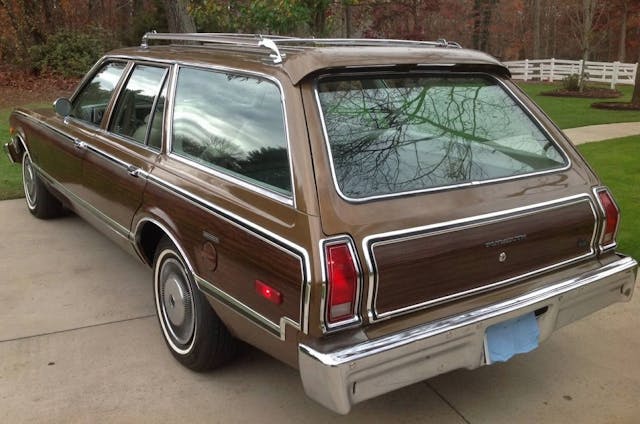
These new compact Chrysler Corporation vehicles were meant to replace the venerable, robust, plain vanilla but-oh-so reliable A-body Dodge Darts and Plymouth Valiants. But for one final hurrah, in 1976, the outgoing cars shared showrooms with the all new models.
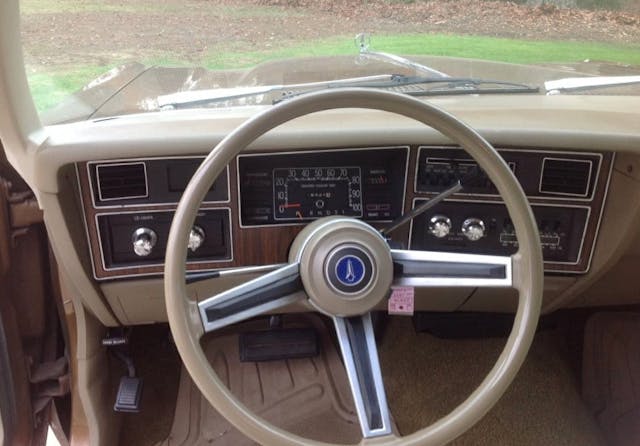
For one last year, you could get a stone-reliable, if somewhat staid, conveyance. But the new cars were pretty nice looking for their time, fresh and attractive, right in line with the recently introduced Ford Granadas and Mercury Monarchs. But as an added fillip, station wagons were available.
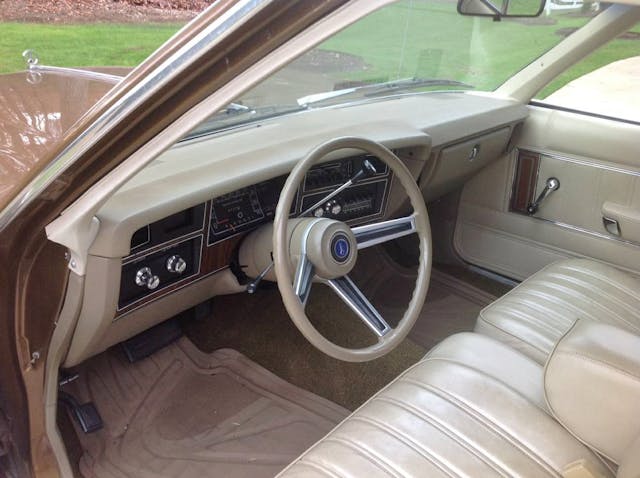
There hadn’t been any compact Mopar wagons since the ’66 versions. And in the mid-70s, with suburbia being the oasis from the big city, wagons ruled. Country Squires, Caprice Estates, Malibu Estates, Catalina Safaris, and many others were popular and prevalent.
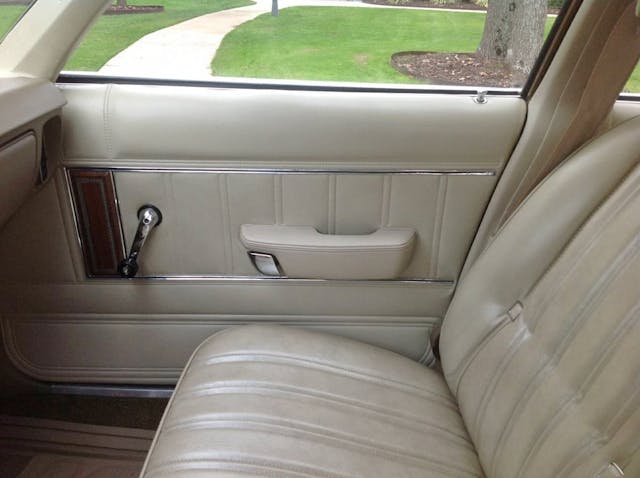
Trouble was, the new compacts had some teething issues. The most visible was prematurely—VERY prematurely—rusting front fenders. A recall was issued, and complainants were able to get new fenders at no charge, but it was a major black eye to Chrysler and soured many new owners into Granadas, Cressidas, and other makes.
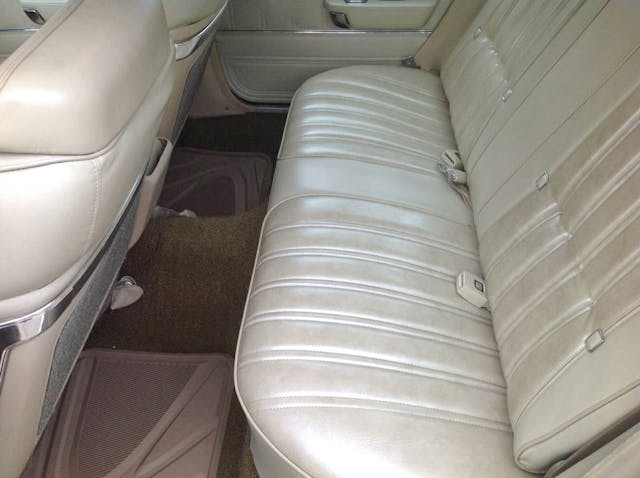
Eventually, Mopar got its act together though, and ’78 and up models were much more robust and reliable. And through it all, the wagon was a notable perk. It’s my favorite body style amongst these cars. Unless we get into the ’80s and start talking M-body Fifth Avenues with pillow-top velour and coach roofs.
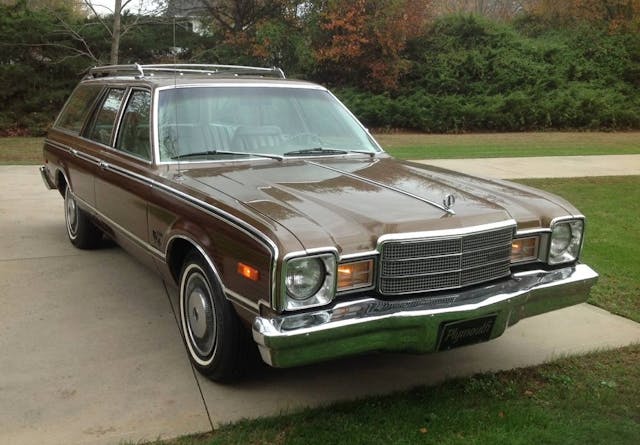
The Volarés came in three flavors: plain, mid-range, and fancy. The top of the line was the Premier, and it was available as a coupe, sedan, and wagon. Of course, Premier wagons got simulated wood on the sides and lift-up tailgate.
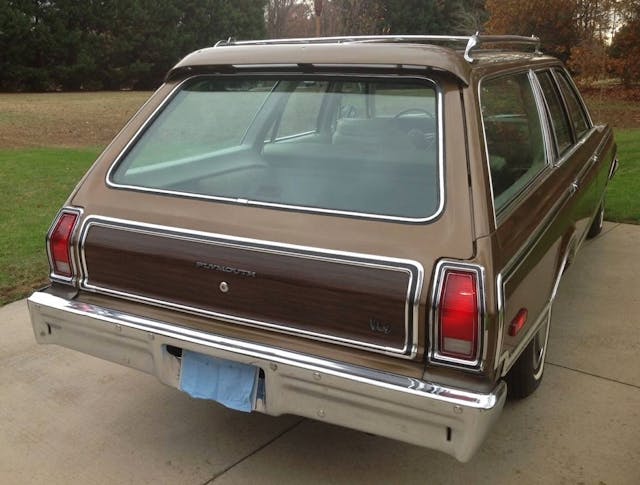
A ’77 Premier wagon had a base price of $4271 (about $22,656 today), weighed in at 3505 pounds unloaded, and a total of 76,756 were produced. Premier sedans were $4354 ($23,097) and 31,443 were built. The wagon was very popular, in all trim levels.
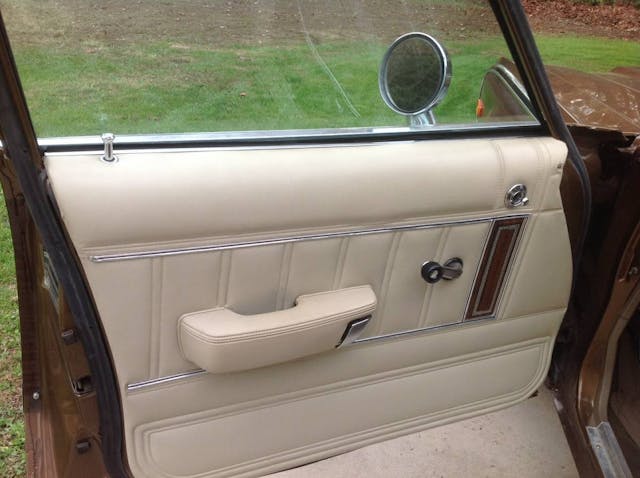
In fact, the tony Premier wagon was the second most popular ’76 model. Most popular? The base station wagon, which retailed for $3,941 ($21,996), and of which 80,180 were sold.
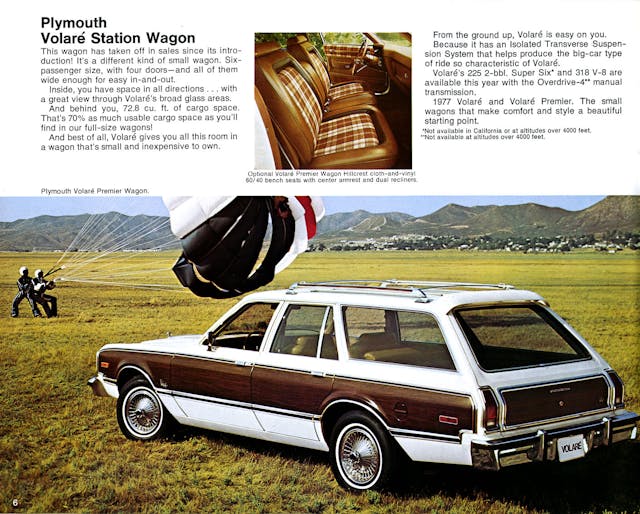
Today’s featured car was seen several years back on Marketplace. From my 1977 brochure, it appears to be in oh-so-period-correct Spanish Gold Metallic. Unfortunately, I have no recollection of where it was or what it was priced at, but I saved the pictures because it was the nicest one I had seen in years. These lasted until 1980. The final ’80 wagons sold had a base price of $3540 ($14,120); 19,910 were made. But that’s for all trim levels, as by that time the Premier extras were considered an option package and production figures reflected that.

One final note: For those in the know, the “Hamtramck Hummingbird” refers to that unique starter sound Chrysler products had back then. My mom’s ’92 Grand Caravan ES made the same sound! I’m not sure when the design was finally changed and that distinctive sound went away, but I would guess sometime in the mid ’90s. A little bit of that Chrysler Corporation uniqueness went with it.
***
Check out the Hagerty Media homepage so you don’t miss a single story, or better yet, bookmark it. To get our best stories delivered right to your inbox, subscribe to our newsletters.
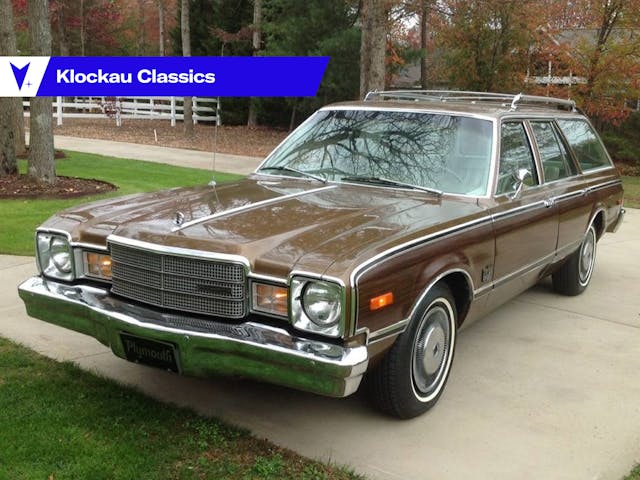
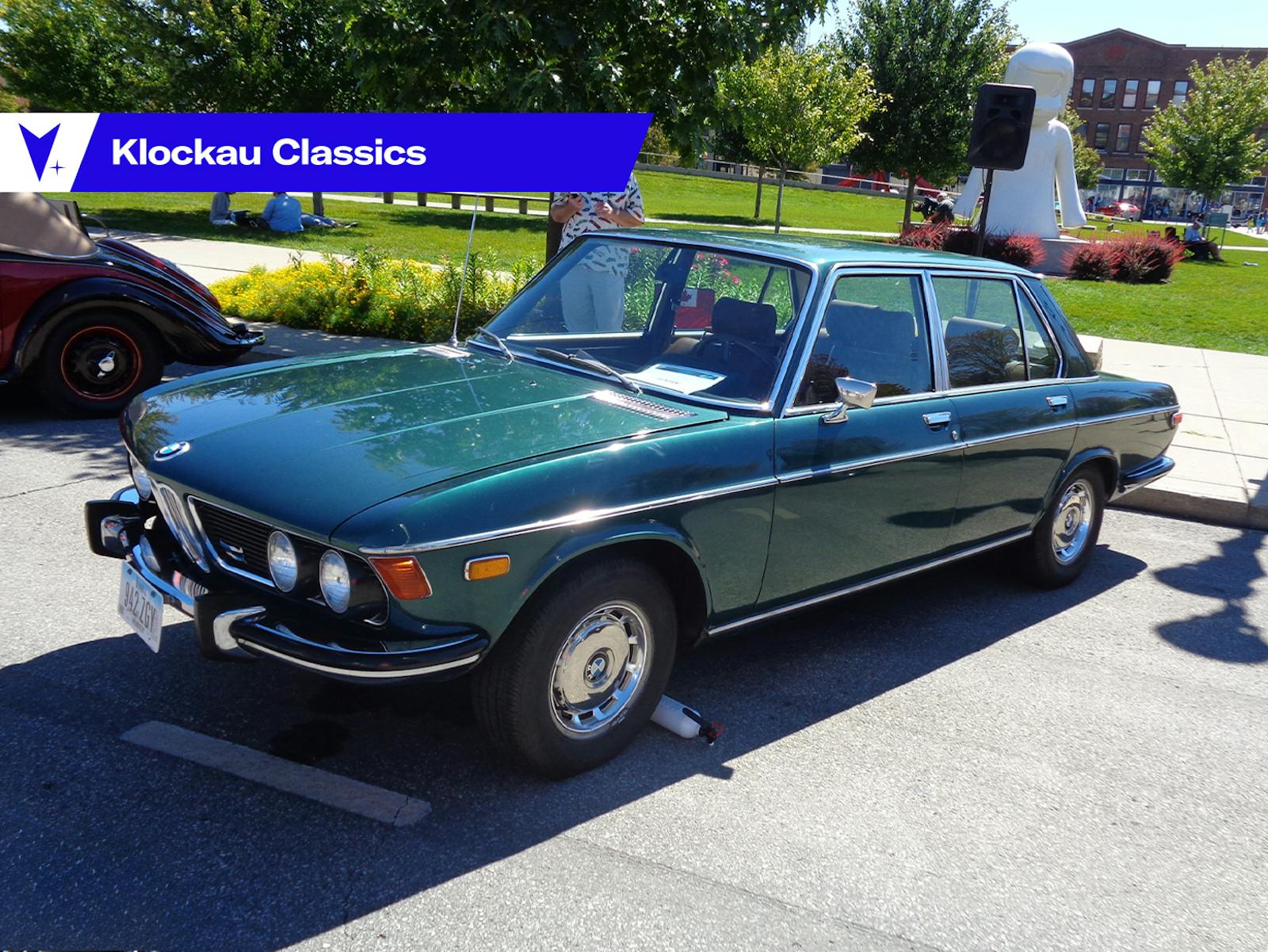

I carried a hammer in my car for the express purpose of using it to rap on the side of the starter motor when it failed to work, which was about every tenth time I tried to start the car. But easy to get to on a 225 slant 6. They were notorious, but a gentle whack from a hammer got it working every time. I’ll never forget our Dodge station wagon (late 1960’s) breaking down and leaving us stranded on the way home from the dealer, then refusing to start. It was the beginning of a long and painful ownership experience and why my father never walked into a Dodge dealer again.
If ever there was a coffee table book GREAT CHRYSLER CARS OF THE 1970s AND 80s,it would be pretty short!
Exactly! And this POS would be the centfold….BLECCCHH!!!
The tops of the front fenders rusted out in the 77 Volare I owned. Bought it new in 77, begged the dealer to take it in trade on another looser; an 84 reliant wagon.
Jesus, what did you buy after that, a fiero ?
I learned to drive in a ’77 Volare coupe with a manual transmission (3-speed and O.D.). The clutch wasn’t the greatest, and heaven forbid you take a bumpy corner too fast. Otherwise, not a bad car.
One of my friends bought a Volare sedan off of another friend. We took it to my place to look it over. It had a habit of dieseling for 5 minutes or so after you shut it off. I used to say it ran so good it didn’t want to stop. What I discovered was that the carb was so loose you could move it around. I tightened down the carb bolts and it ran like a champ and sent him on his way.
My father had a 96 Intrepid, and I learned to recognize any Mopar that started across the parking lot based on the sound. In the mid-1990s, it was usually an LH sedan or minivan. I believe the sound was lost in the mid-2000s with the introduction of the Charger/300s and the 2008 Minivans.
My buddy had a wagon like this. To keep the drivers seat upright he had a tire iron holding it up. I warned him he had better not get rear ended or he would be impaled.
Notice even this lowly Plymouth wagon from the low price leading division has a hood ornament. What happened to hood ornaments? And who decided to eliminate them, please raise your hand, we have a few questions?
They became collector items for vandals who would tear them off the hood and usually cause damage to the hood in the process. The Mercedes star was particularly in demand by the punks who put em on neck chains as status symbols.
My brother owned one of these with the slant six and the four-speed overdrive transmission. Got almost 30 miles to the gallon with it but it rusted to pieces in the Wisconsin winters.
A neighbor had one just like this (though dark red) and it was a major rust bucket. Literally rusted right out from under him. Sign of the times I suppose . . .
I had an Aspen wagon Plain Jane, Slant 6, 4 speed overdrive….Raised it up all around put 15″ Cop Car wheels on it with BFG radials and drove it for a couple years until the rust got too bad…..my younger sister had a Volare Premier 2 door……very nice car………Lean Burn 318 was horrible…..finally had it taken off and it ran much better. They were decent cars for the money.
The Town & Country on this platform for a few years was a nicely appointed ride.
Purchased a Dodge Aspen wagon new in 1977. White with fake wood, V8 (I think a 318), automatic, power windows etc. Traded it in after 18 months. Looked just like the white wagon in the article.
Pluses:
Nice styling
Plenty of power
Great ride, luxurious comfortable interior
Perfect size for a family of four and suburban living
Would tow a small boat effortlessly
Minuses (all related to poor build quality):
Heavy premature rust, no paint at all in some semi hidden areas such as back side of air vents in hood
Rear bumper was 3 inches lower to ground on one side compared to other
Carburetor would starve fuel causing stalling going around corners (likely a float problem)
Dealer was unable/unwilling to fix the stalling problem which was dangerous for my young family so got rid of it and purchased a new Peugeot 404 diesel wagon😂😂😂😂.
I remember all the pitchmen back in the 70’s endlessly hawking these Dodge and Plymouth cars such as Lee Iacocca, Joe Garagiola, and in the Philly area the stoic Bob Gegnas of Gegnas Chrysler Plymouth “at the Erie/Torresdale El stop”. And then later of course Ricardo Montalban with his “rich Corinthian leather”. 🤣🤣🤣🤣
Garbage cars.
Front brake hoses will need replacing soon if not now. Raybestos # BH36830 & BH36831.
Sold 100’s of sets back in my days as an auto parts salesman.
Those cars were good for part stores!!!
I had a 76 Volare Premier wagon with all of the accessories. I had 3 mechanical problems with it: 1) early on had carburetor leaking problems due to early alcohol gas attacking gaskets (318 2 bbl carb), 2) burned an exhaust valve on way to the Colorado river at 70,000 miles . Checked bores when heads were off and they looked like news, and 3) had to watch the liftgate seal- it would come loose and leak . Sold the car with 142,000miles and still looked and ran good. No oil leak and passed California smog test with no problems.
had a plain Jane Volare wagon I bought in ’86 for $200 and I drove it all over Fla. for a couple years with no problems, my roommate crashed it into the gas pumps at the 7/11 going on a beer run, so I gave the car to my dad and he drove it till he passed and it still ran fine, which is saying something, as my dad didn’t do maintenance, he just drove ’em till they quit
I bought a used 1976 base model station wagon. It had a floor mounted shifter for a 4 speed and a 318 ci V8. It, of course needed new front fenders not long after I purchased it. Handling could have been better but it was reliable.